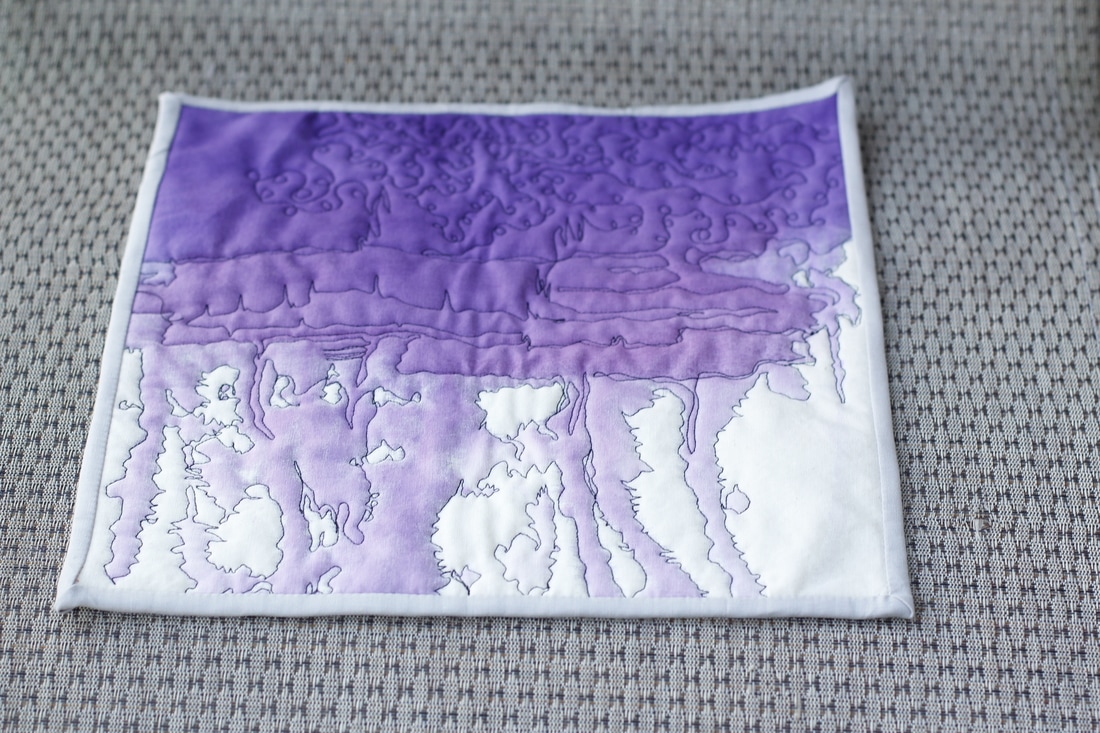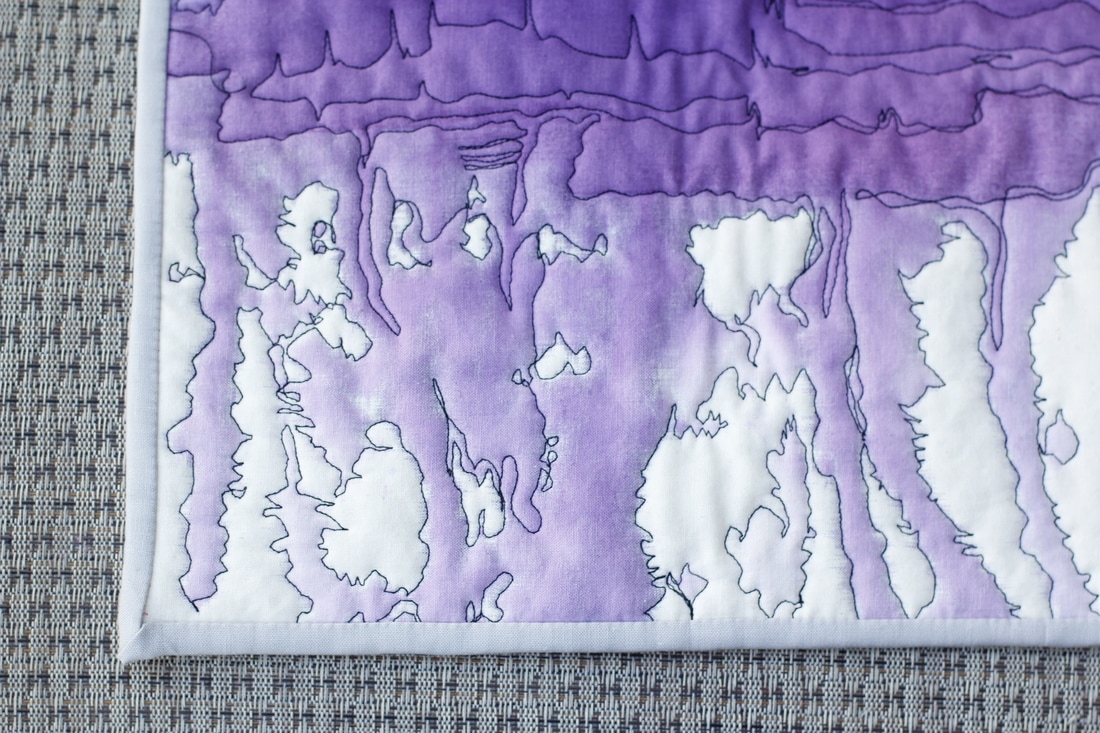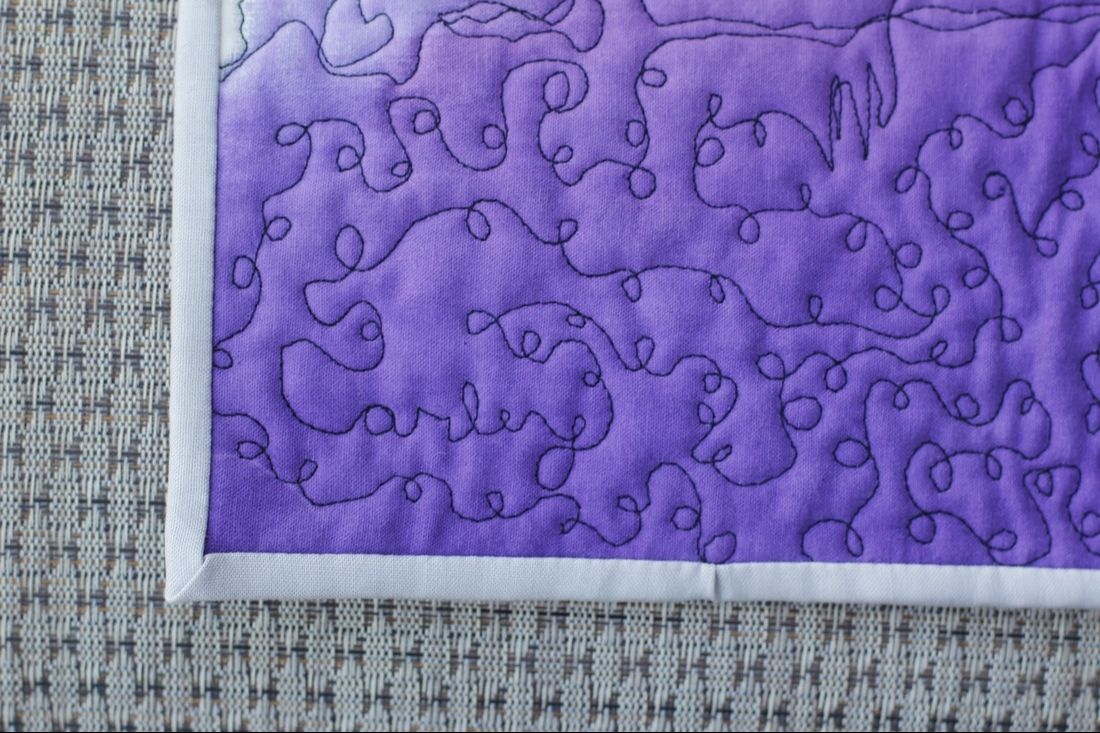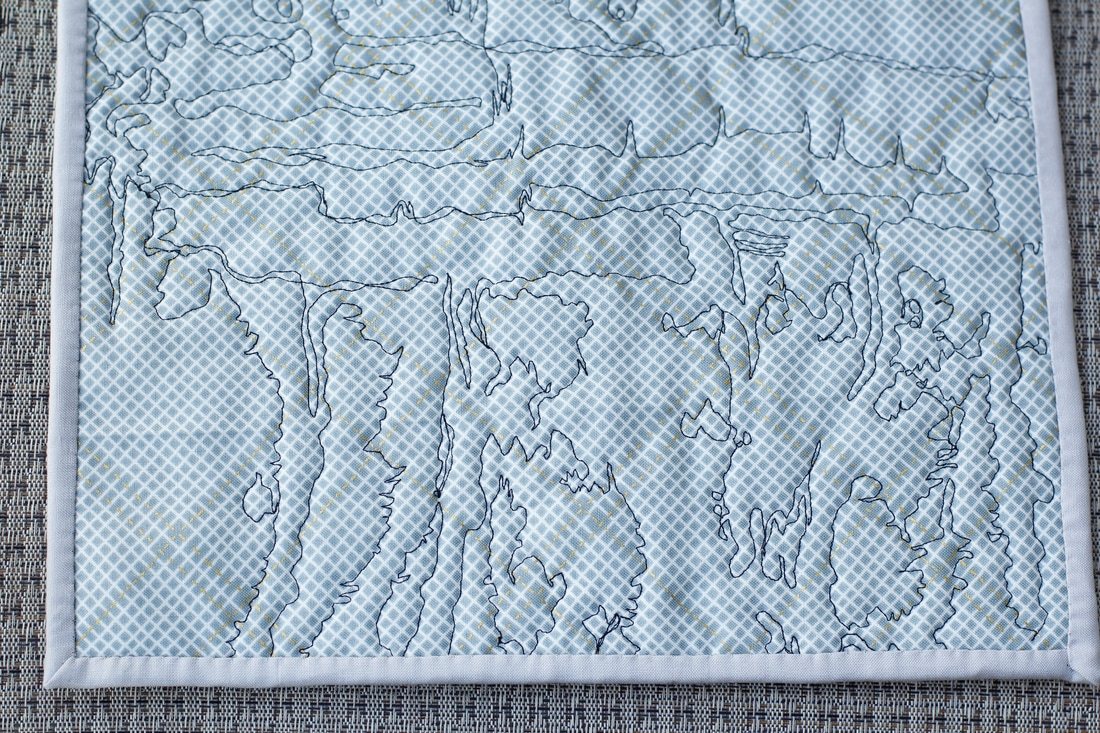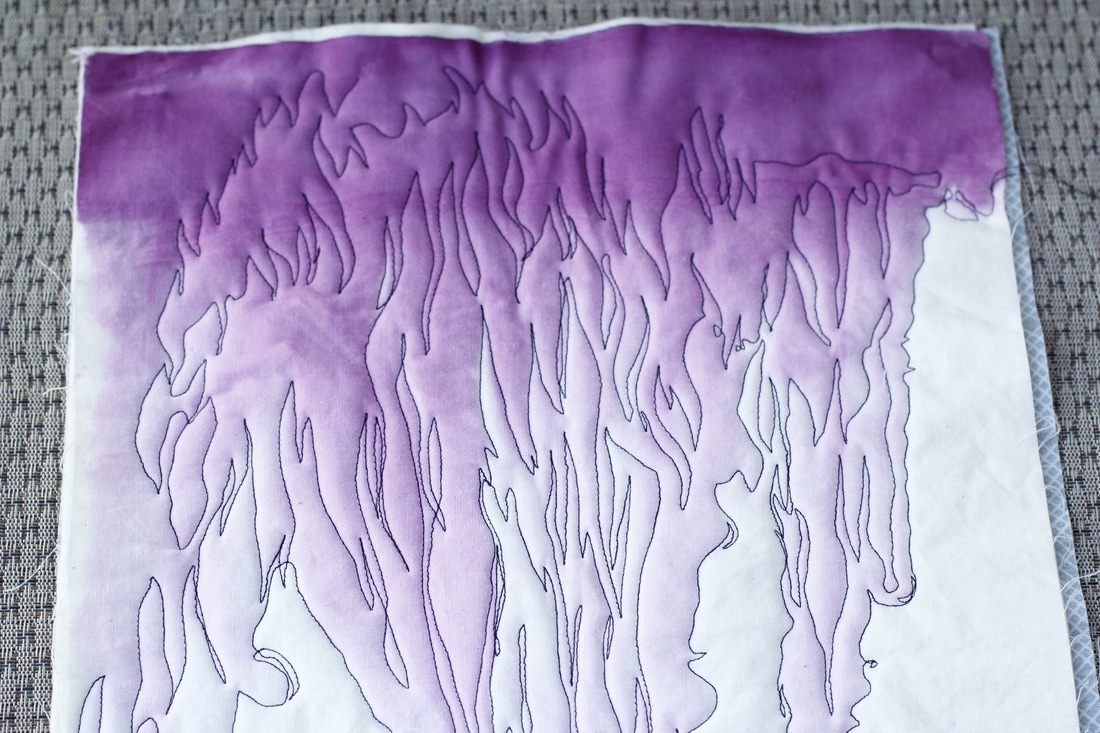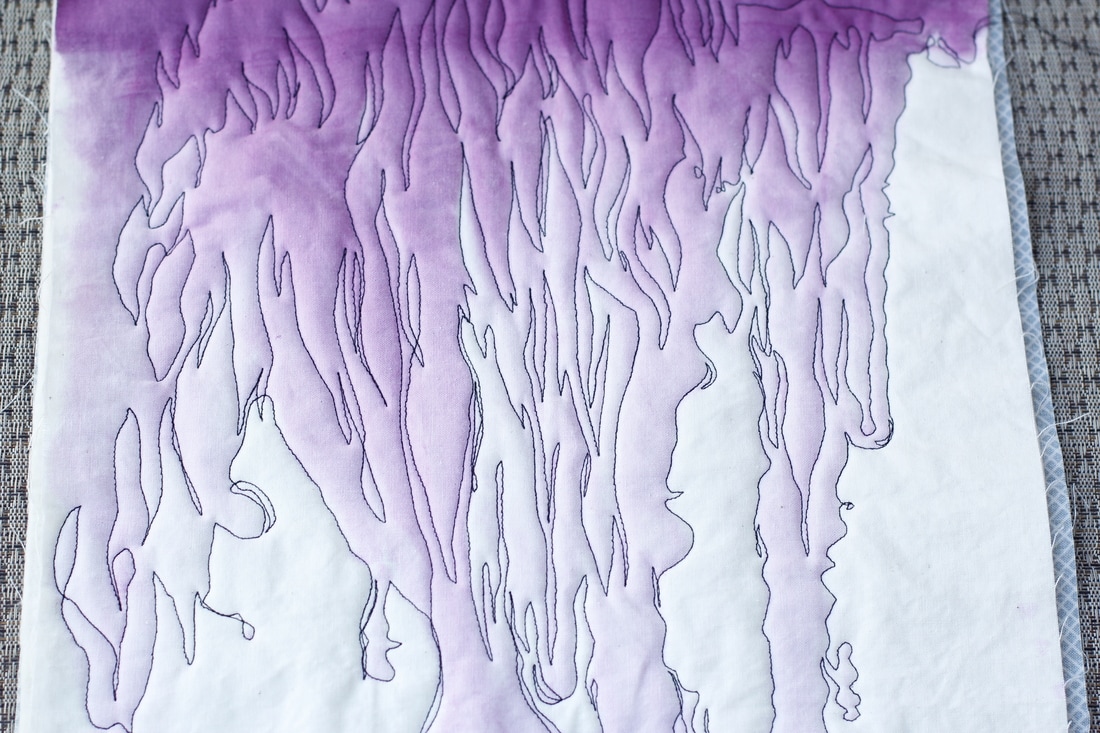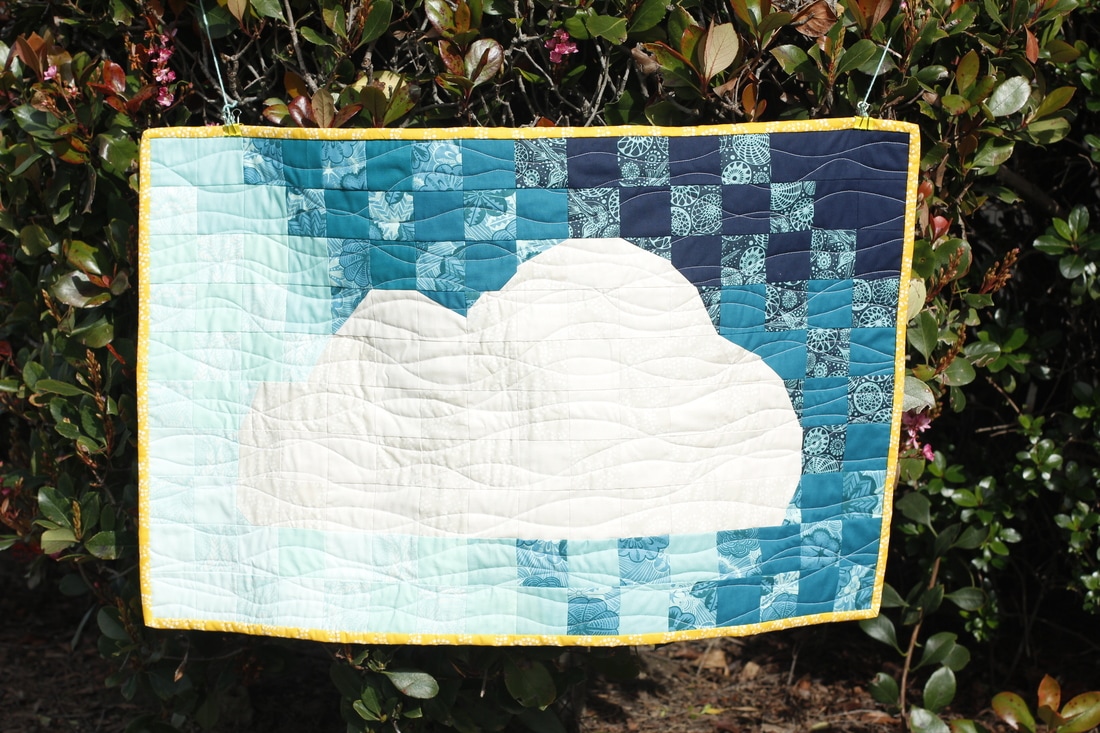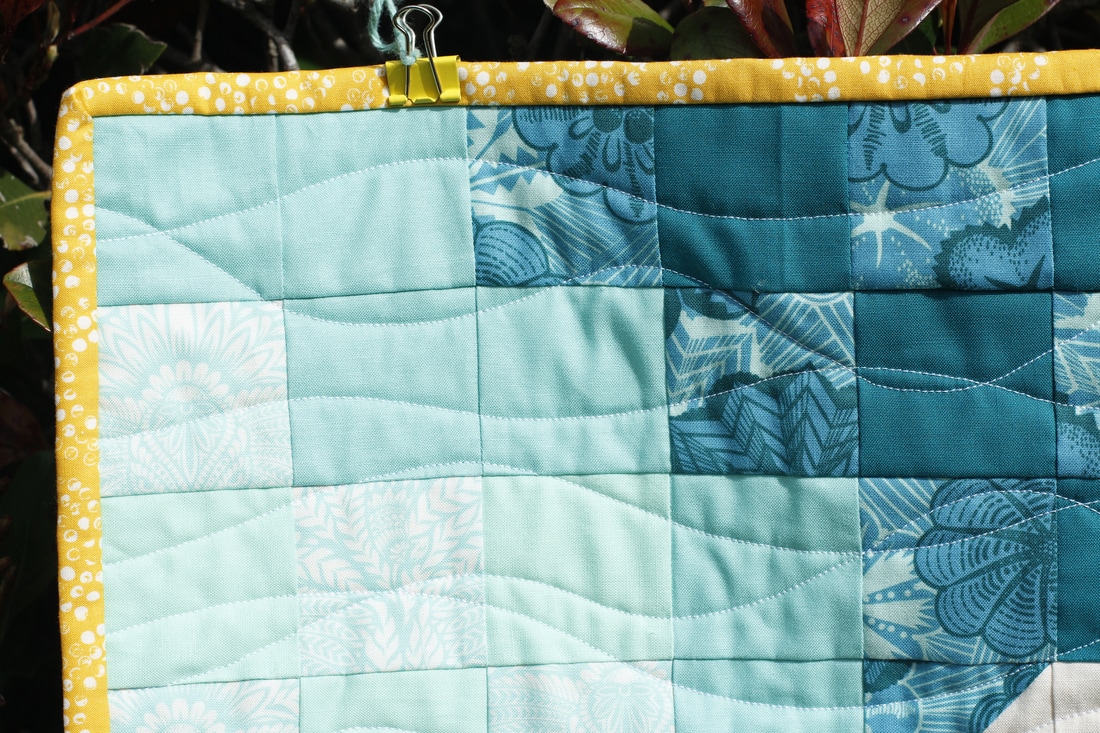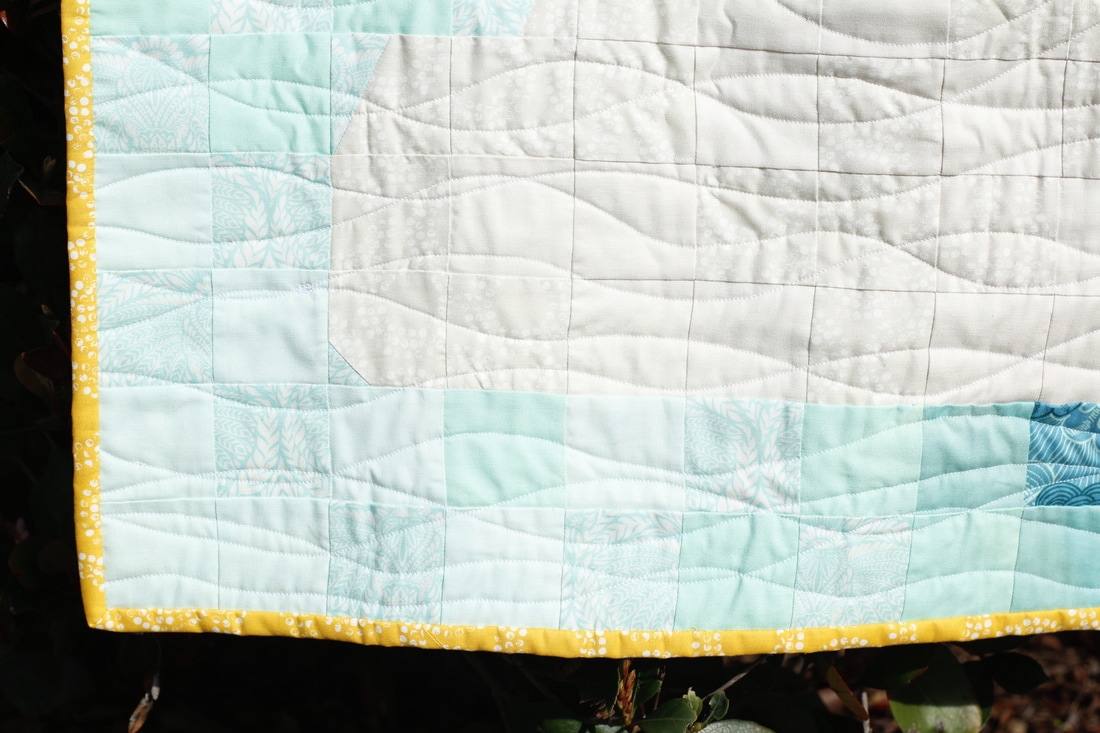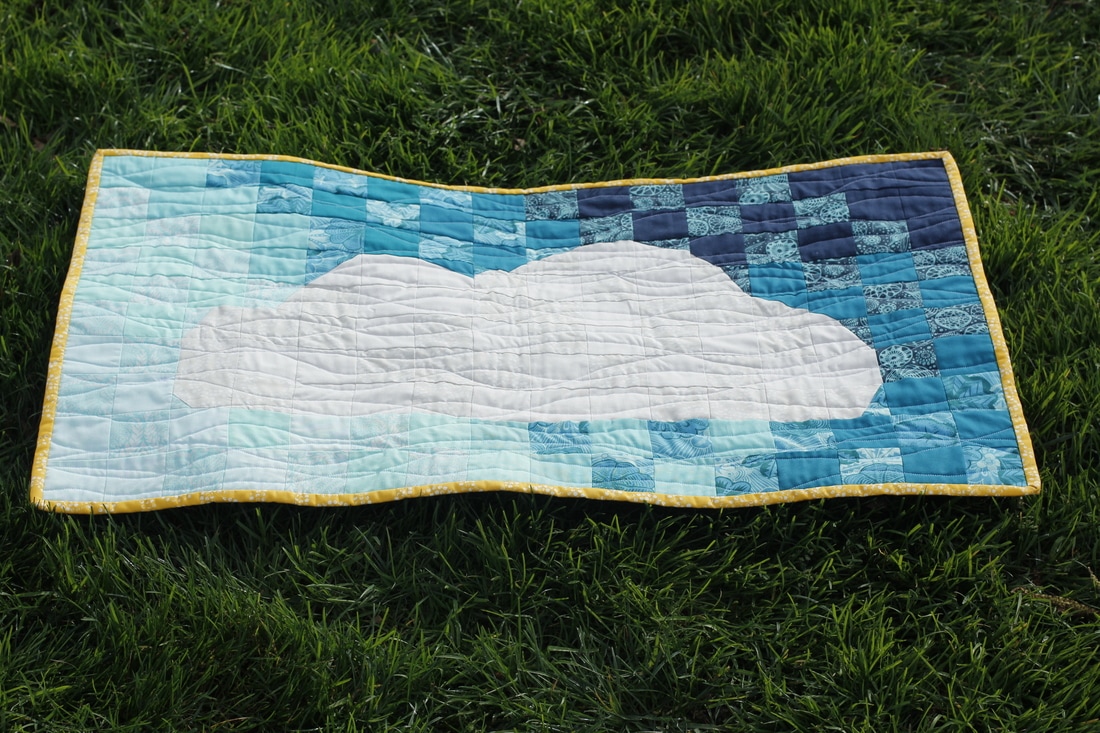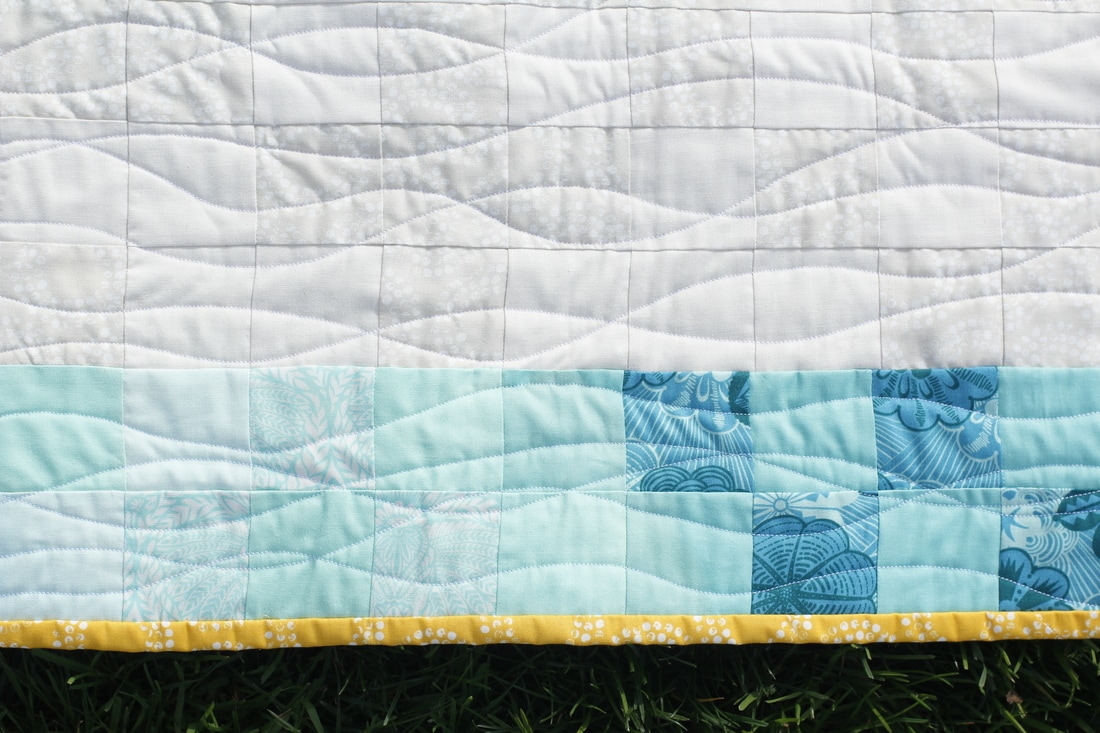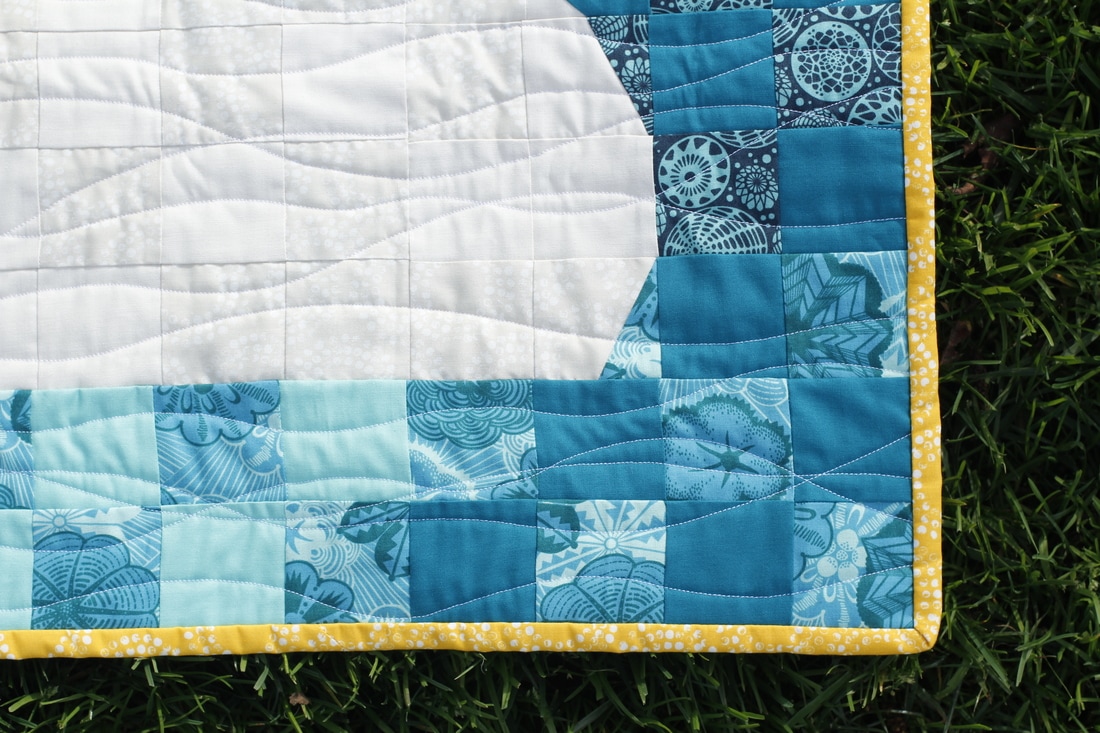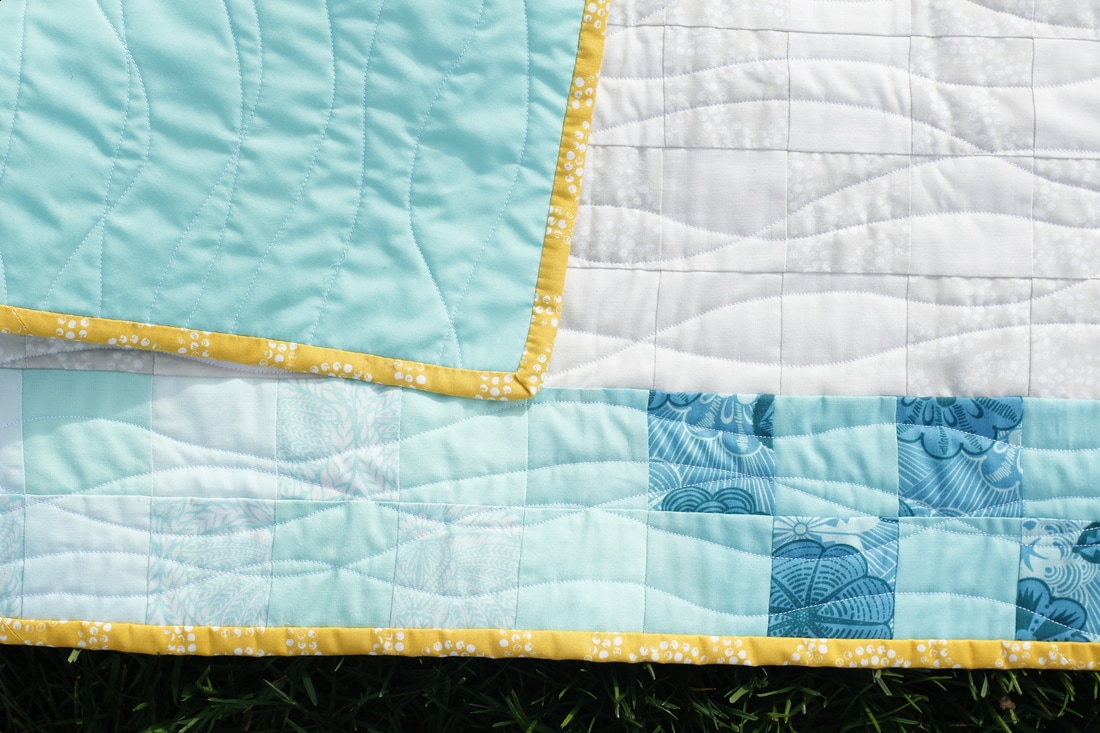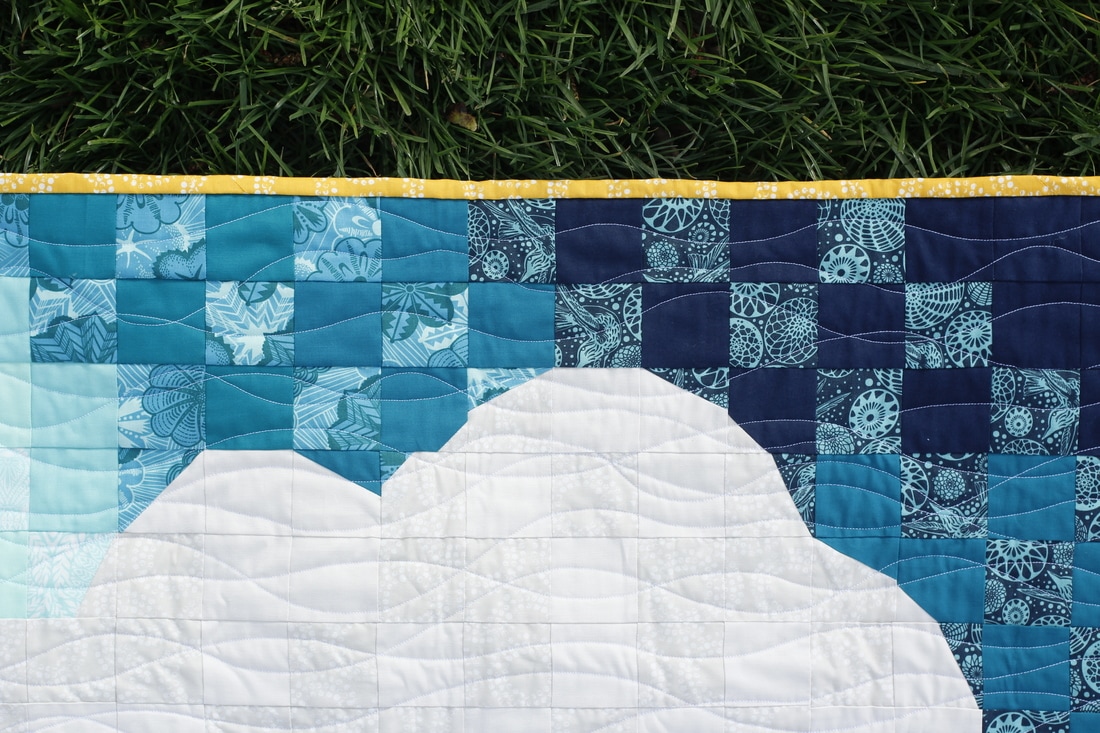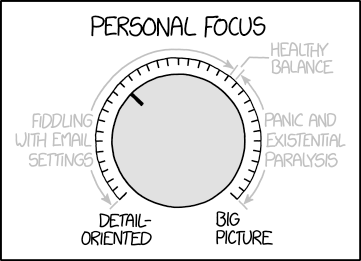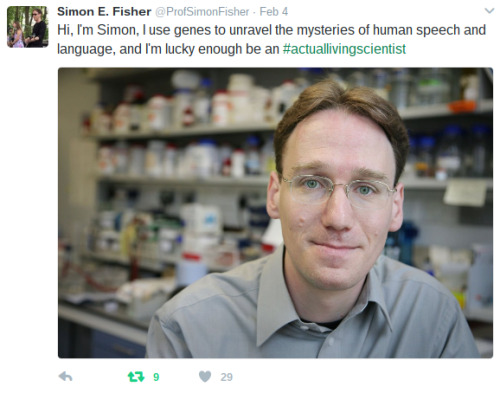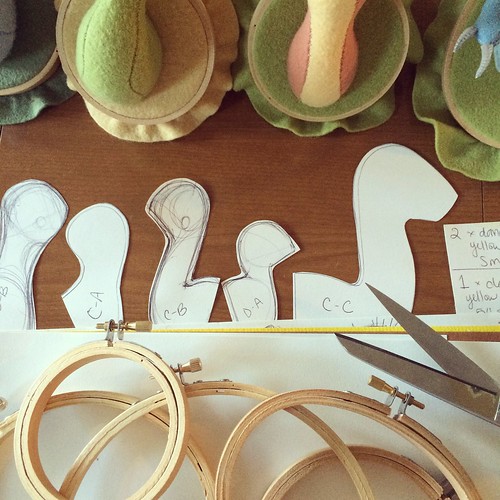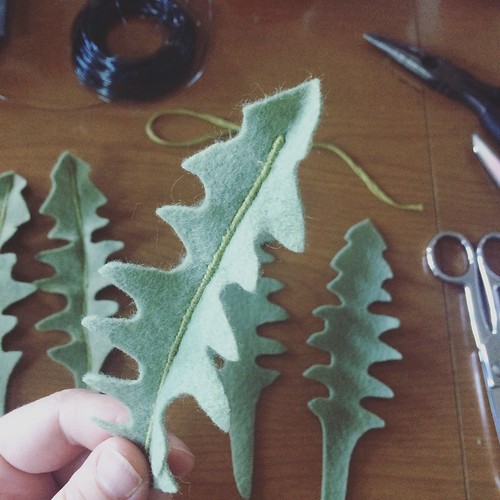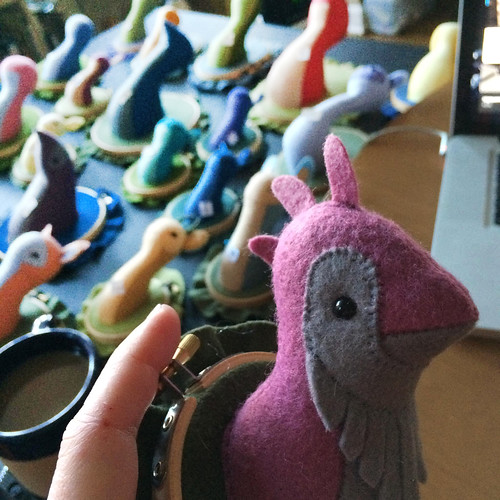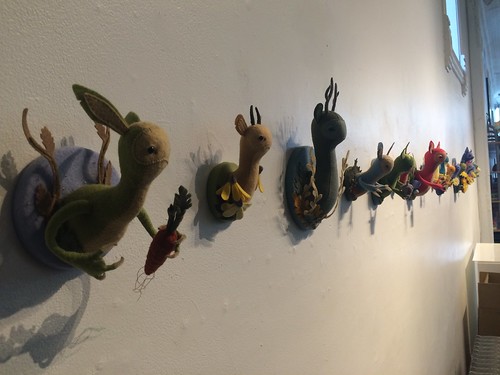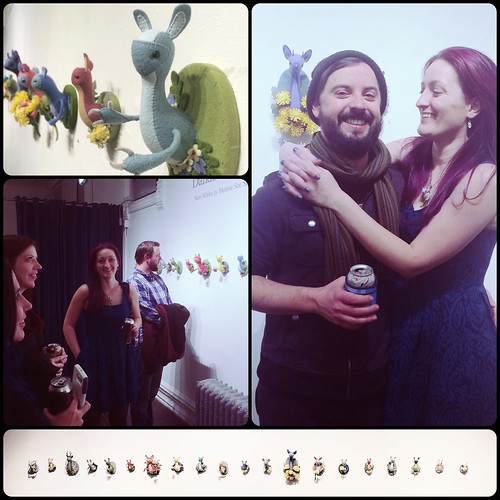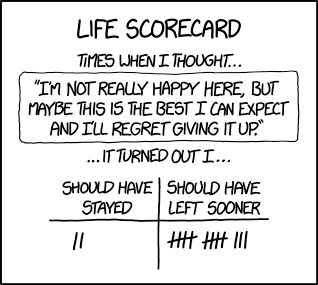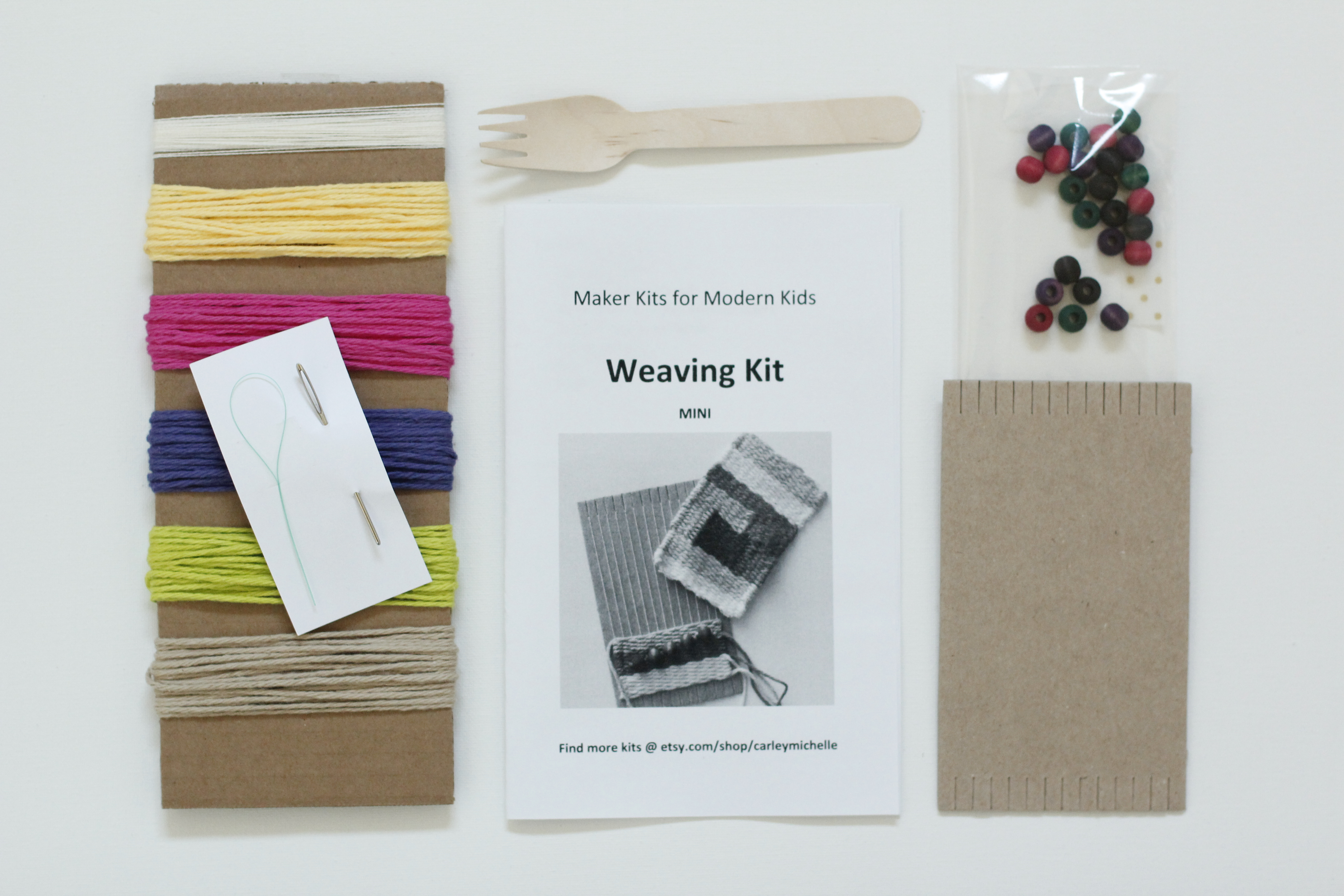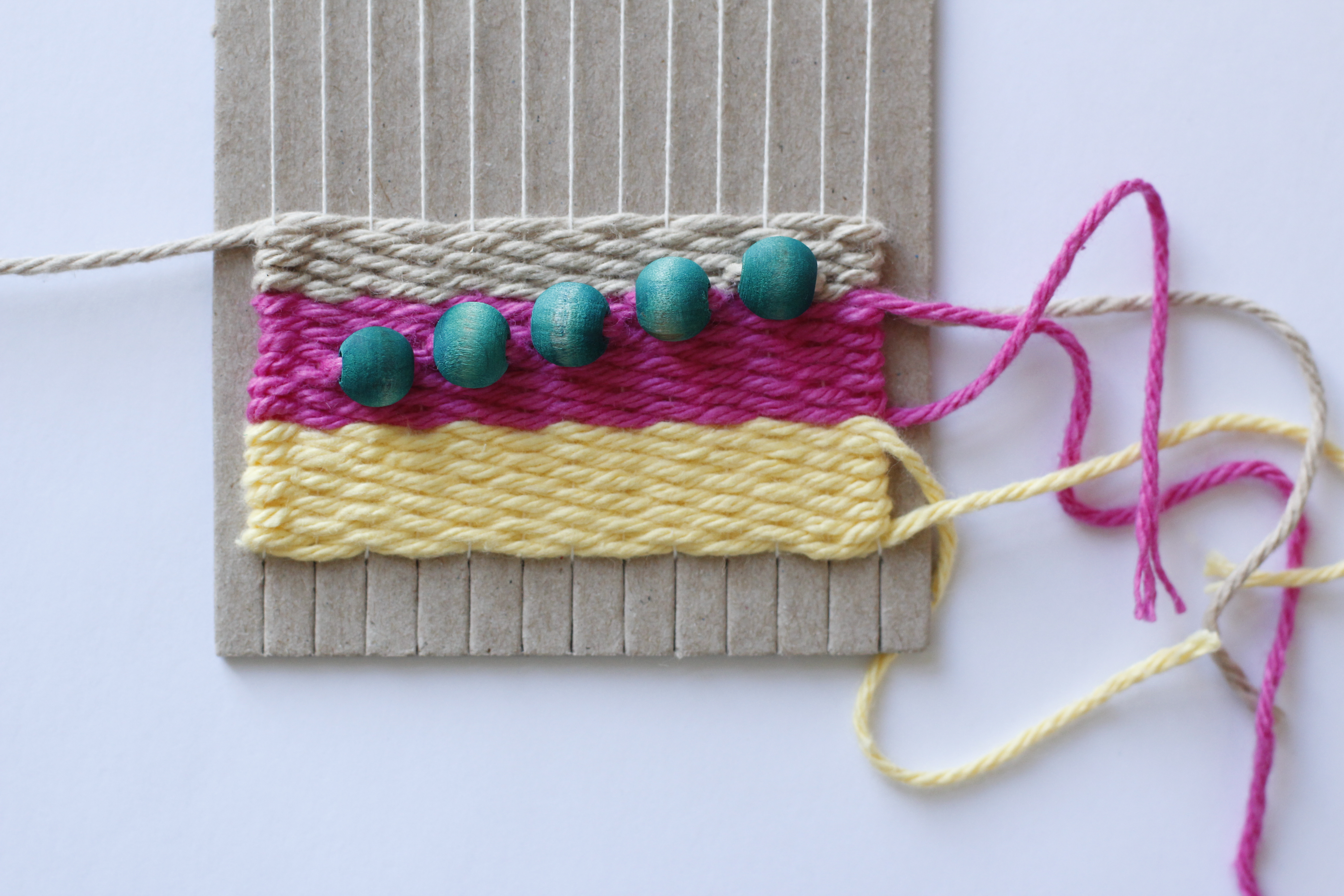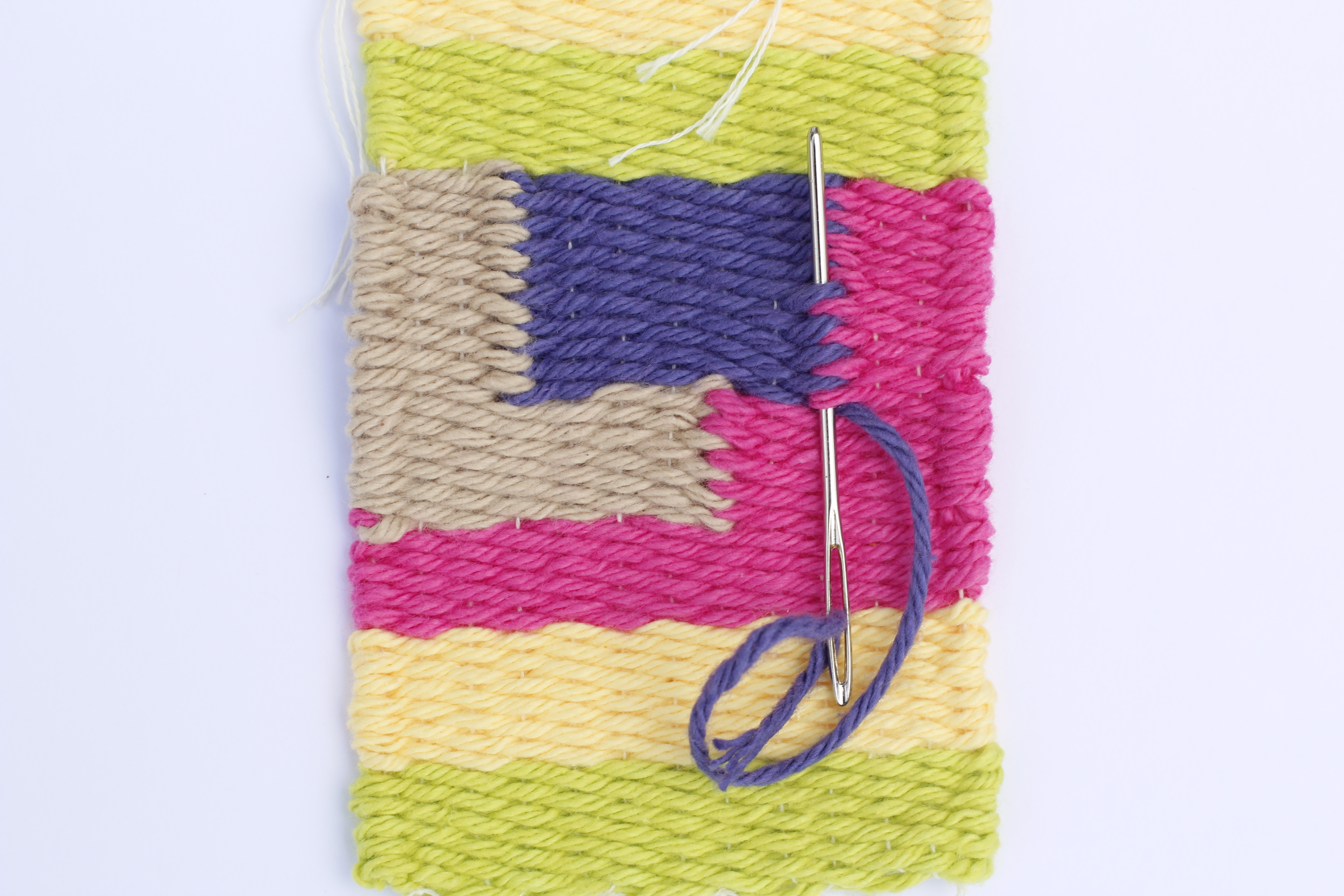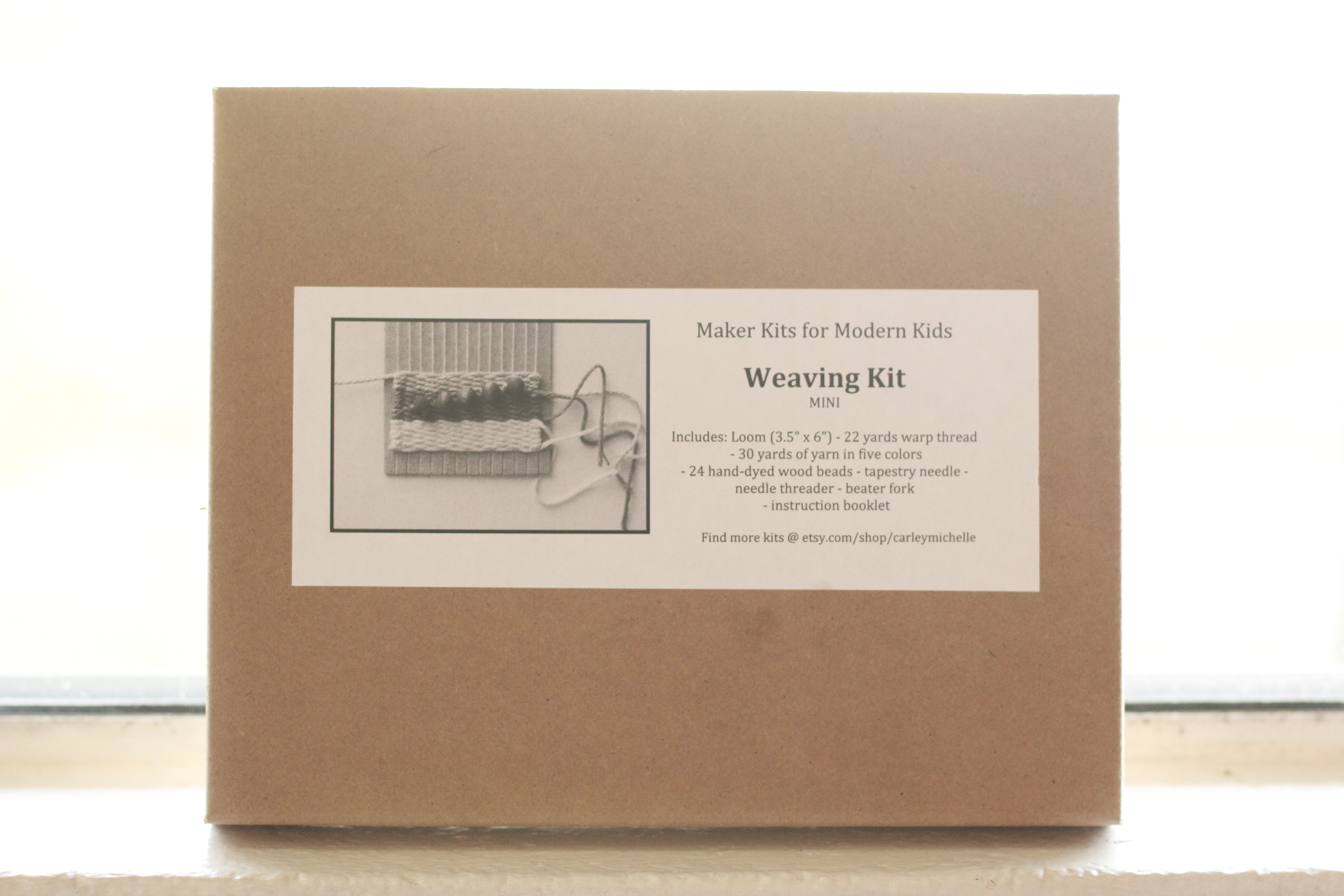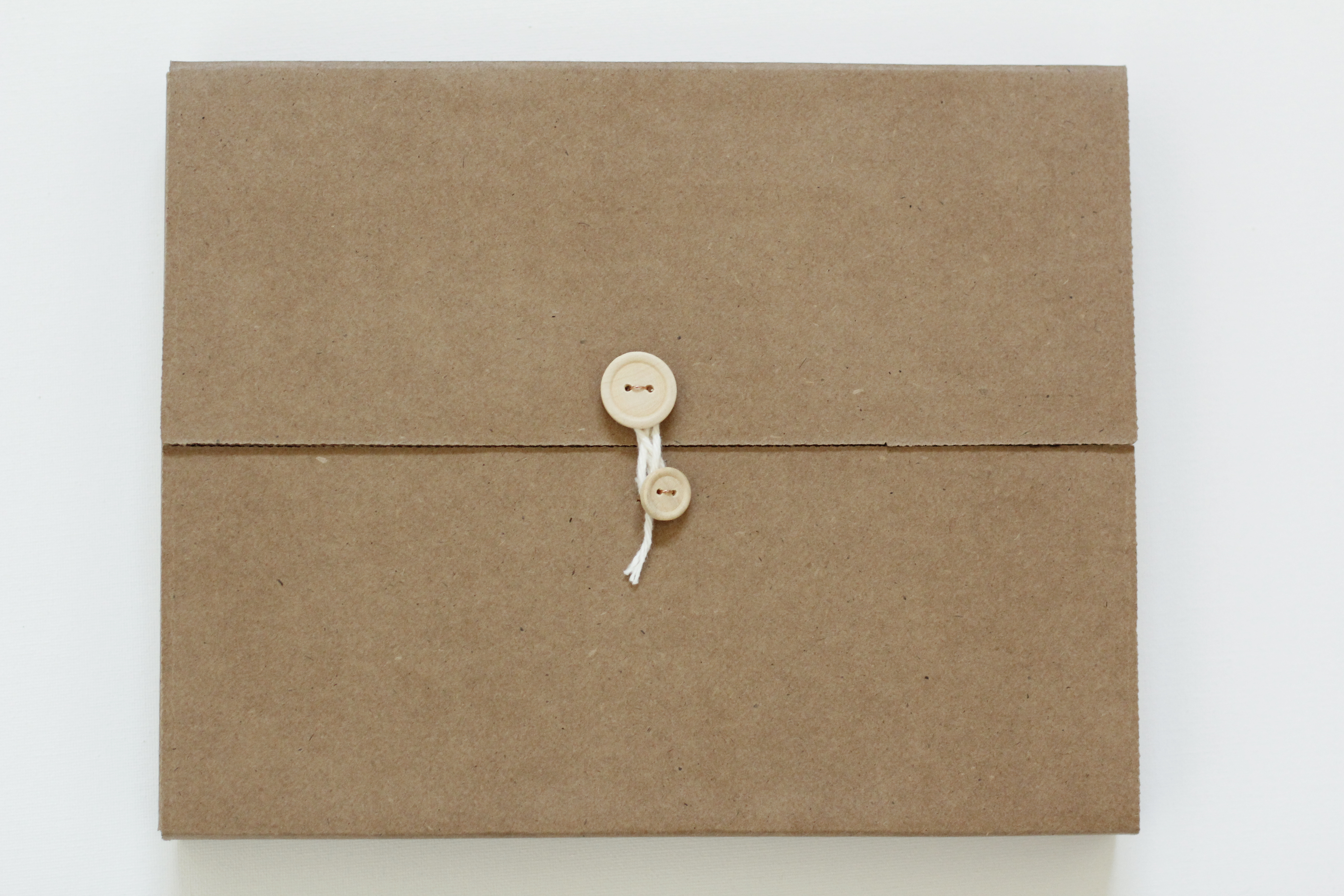Today in hard-hitting linguistics research, the linguist blogosphere has been investigating shitgibbon and related words.
Ben Zimmer starts off on Strong Language with an investigation into the origin and history of shitgibbon:
Leach’s “fascist, loofa-faced, shit-gibbon” was clearly inspired by MetalOllie’s “Cheeto-faced, ferret wearing shitgibbon” (which proved so popular you can even buy it on a mug). Shitgibbon has a lot going for it, with the same punchy meter as other Trumpian epithets popularized last summer like cockwomble, fucknugget, and jizztrumpet. (Metrically speaking, these words are compounds consisting of one element with a single stressed syllable and a second disyllabic element with a trochaic pattern, i.e., stressed-unstressed. As a metrical foot in poetry, the whole stressed-stressed-unstressed pattern is known as antibacchius.)
But shitgibbon didn’t originate with MetalOllie. Its early history has been traced by Hugo van Kemenade, a resourceful word researcher whose biggest claim to fame is finding the earliest known use of the word selfie in a 2002 Australian forum post. (He goes by @hugovk on Twitter and just “Hugo” elsewhere.) As Hugo shared on English Language & Usage Stack Exchange and Wiktionary, shitgibbon can be found all the way back in 2000 on music-related Usenet newsgroups.
EvilJam32, 21 Mar 2000, alt.music.tragically-hip
Good luck and goodbye to the most sick-making, hypocritical bunch of shitgibbons i’ve yet encountered on the Web!
Later, Ben confirms the origin of shitgibbon:
Breaking news! I’ve confirmed that the originator of “shitgibbon” is none other than David Quantick, writing for @NME in the late ‘80s.
Taylor Jones then takes us into what kinds of words can be variants of “shitgibbon”:
So, it’s not the fact of being a gibbon per se. Various other monkeys would work: vervet, mandrill, etc. However, crucially, baboons, macaques, black howlers, and pygmy marmosets are out.
Moreover, it’s not completely unlimited. Some words fit but don’t make much sense as an insult: cock bookshelf, fart saucepan (which I quite like, actually), dick pension, belch welder.
Others sound like the kind of thing a child would say: fart person! poop human! turd foreman!
Yet others are too Shakespearean: fart monger! piss weasel!
Clearly some words (waffle, weasel, gibbon, pimple, bucket) are better than others (bookshelf, doctor, ninja, icebox), and some just depend on delivery (e.g., ironic twat hero, turd ruler, spunk monarch, dick duchess).
For a while, I’ve been discussing vowels in insults with fellow linguist Lauren Spradlin. Note that when we talk about vowels, we mean sounds, not letters. Don’t worry about the spelling, try saying the below aloud. Spradlin has brought my attention to the importance of repeating vowels increasing the viability of a new insult of this form: crap rabbit, jizz biscuit, shit piston, spunk puffin, cock waffle, etc.
I would argue that having the right vowels actually gives you some leeway, so you can get away with following the first word with — gasp! —- a non-trochee! Be it an iamb (remember iambic pentameter?) as in douche-canoe, spluge caboose, or the delightfully British bunglecunt (h/t Jeff Lidz), or even more syllables: Kobey Schwayder’s charming mofo-bonobo.
Contrary to what Taylor has, I think “douchebaboon” would actually work just fine, for the same vowel-matching reason that “douchecanoe” works. (But “shitbaboon” and “shitcanoe” are both pretty bad, I agree.)
But unless the second word has a matching vowel (in which case all bets are off), I think we can systematically predict which trochees are going to be okay. Let’s group them and have a look.
The good ones include: waffle, weasel, gibbon, pimple, bucket, biscuit, rabbit, piston, puffin, basket, whistle, helmet, blanket, mandrill, gopher, weevil, nugget, trumpet.
And the not-so-great ones include: bookshelf, saucepan, doctor, ninja, icebox.
Phonological constraints: trochee, CVCVC (+further optional consonants)
The good ones all seem to begin and end with a consonant (unlike ninja – and I’d argue that kitty, pizza, zombie, banjo, ascot, ankle, emu, inkhorn, office are equally bad). Extra consonants are okay in any position (lobster, blanket, vortex), but you need at least one in each. The only counter-example I’ve found here is “monkey”.
As I’ve been constructing examples, I’ve also been noticing that while assonance makes the compound really good (see douchecanoe), consonance seems to make it worse: I avoided pisspirate, fartfreedom, shitscholar. But perhaps this is a matter of taste – I can imagine someone liking pisspuffin or wankweasel.
Morphological constraint: monomorphemic
The good examples are also all monomorphemic, at least to current English speakers. For example, “gibbon” isn’t gibb+on, and even though -et might once have been added to helm-, blank-, buck-, this is no longer transparent to English speakers. On the other hand, many of the rejected words are transparently composed of parts: book-shelf, sauce-pan, ice-box.
Indeed, I can’t seem to find any compound that really works (jetpack, doorway, keyboard), although there are are lot of compounds in English and I certainly haven’t tried all of them. I wonder if this is some constraint against creating a (one-time, nonliteral) compound out of a word that’s already compounded. English is happy to entertain stacked transparent compounds (bathroom towel rack screw holder) but might have a harder time if the whole is supposed to be opaque. Counterexamples welcome here.
Semantic constraint: non-human
That leaves us with “doctor”. It’s dubiously morphologically transparent: English speakers probably recognize -or from words like “actor”, but “doct” isn’t an English word by itself. But I think that’s a red herring – I’d argue that the important part here is that doctor already refers to a human (or human-like) entity. There’s something similarly weird about shitdentist, shitdemon, turdscholar, fartbarber, shitpirate, douchelawyer, and so on.
There are two possible reasons that I can see for this constraint. One is confusion – if you call someone a shitdentist, do you mean that they’re a shitty dentist or a generically bad human being? Whereas if you call someone a shitweasel, they’re clearly not actually a weasel, so you must just be insulting them. To this end, the generic titles (shitmaster, turd duchess) seem to work better than specific professions, because we already have a tradition of ironically calling people titles, while we don’t have a tradition of ironically calling people doctors, lawyers, or other professions.
But secondly, having your second word be an animal or an inanimate object dehumanizes the target of your insult, which is more insulting – as Taylor notes, the swear+title forms are probably ironic. [Update: it’s not that you can’t say, for example, assmaster or cockdoctor. It’s just that in the right context, they’re practically compliments.]
Abstract and mass nouns are also pretty weird for the opposite reason, because they’re hard to associate with a human at all (shitweather, shitlanguage, turdmonday, shitfreedom).
At any rate, since this now seems to be an active area of linguistics research, I think we need a name for this construction. I’m going to propose “shitgibbon compounds”.


